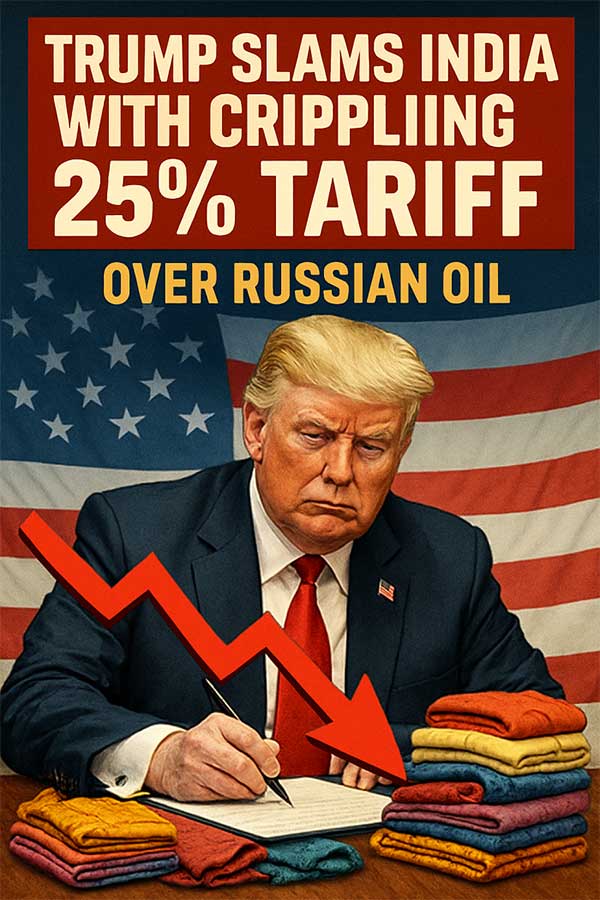Giriraj Singh, Union Minister of Textiles has officially launched the book, ‘Carbon Footprint Assessment in the Indian Handloom Sector: Methods and Case Studies.’
This landmark document has been jointly published by the Office of Development Commissioner for Handlooms, Ministry of Textiles, and the Department of Textiles & Fibre Engineering, IIT Delhi. Its publication highlights the Indian government's commitment to environmentally conscious handloom production and sustainable development. The book provides practical methods for measuring and reducing the carbon footprint of the handloom industry, which is a key socio-economic sector and a symbol of India's cultural heritage.
A vital part of rural and semi-rural livelihoods, the handloom sector employs over 3.5 million people. Of this, over 2.5 million are female weavers and allied workers, making it an important driver of women's economic empowerment. Known for being less capital-intensive and using minimal power, the sector is inherently eco-friendly. It also offers the flexibility of small-batch production and is adaptable to market trends, which gives it a competitive edge in both domestic and international markets. The book focuses on this unique advantage, highlighting the Indian handloom sector's crucial role in sustainable fashion and mindful consumption.
The book provides simple, step-by-step instructions for measuring carbon footprints. It includes real-world case studies from across India on a variety of products, such as cotton bedsheets, floor mats, and iconic handloom items like Ikat and Banarasi sarees. It also features low-cost data collection and emission measurement methods tailored specifically for the handloom industry to promote eco-friendly production.
The research for the book involved extensive collaboration with experts from institutions like the Indian Institute of Handloom Technology and Weavers Service Centers, as well as grassroots weaver groups and government agencies. The book adapts global climate reporting standards to fit India's unique operational context, enabling the sector to achieve sustainable growth. The Ministry is encouraging all stakeholders, including the public, to explore and use the report's findings, which mark a significant step toward a more sustainable Indian textile industry.












